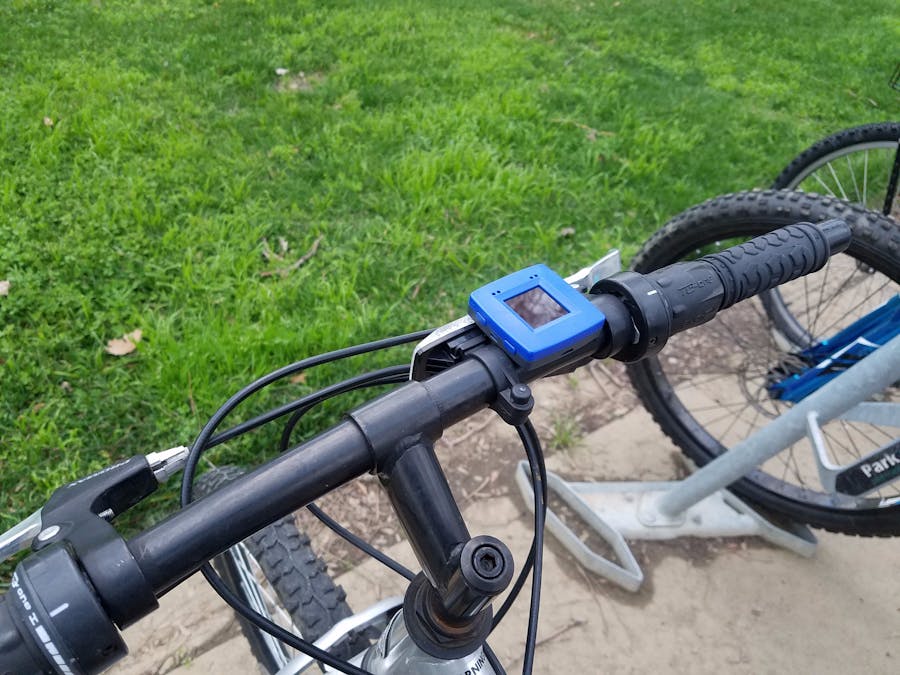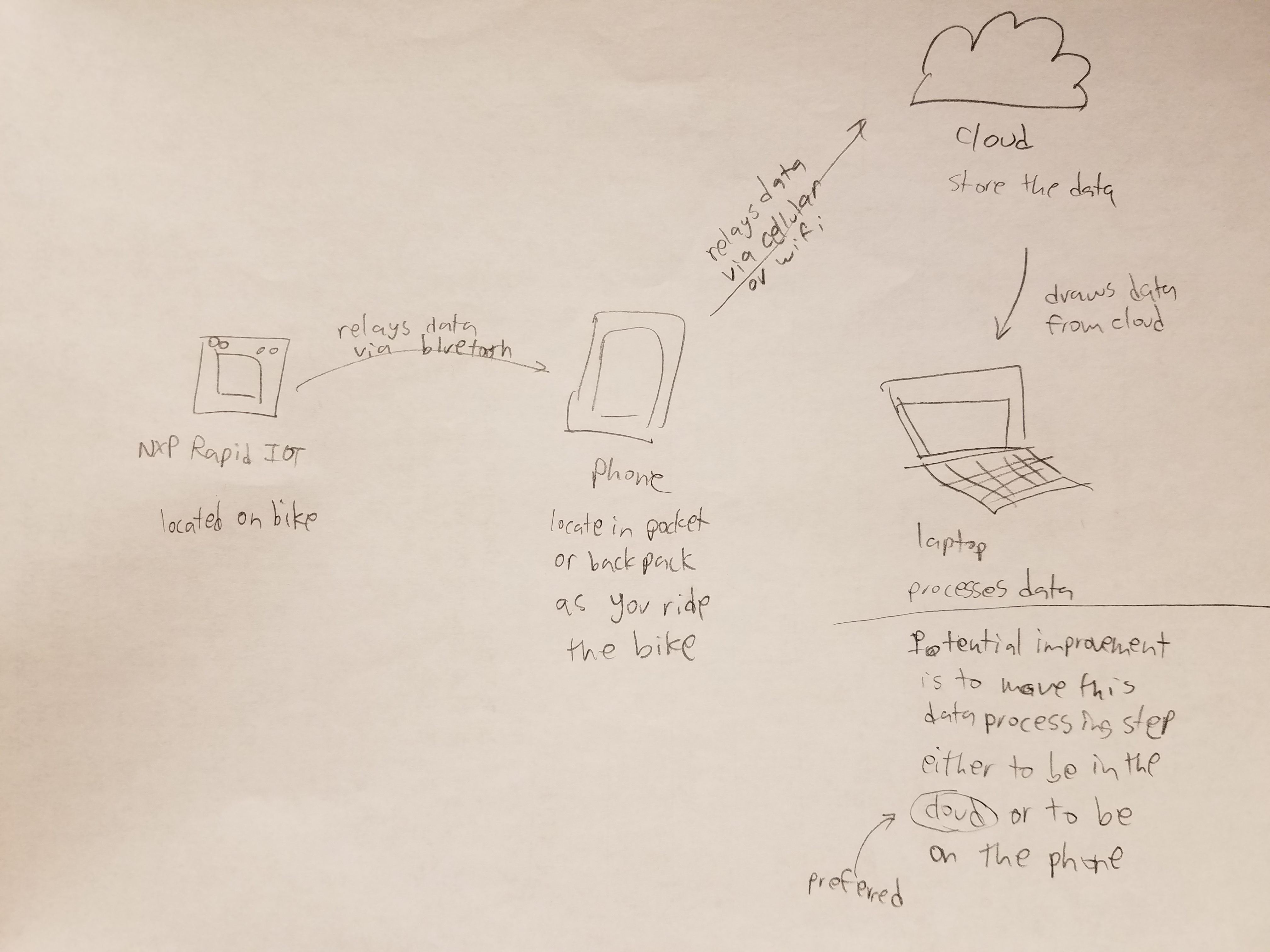I am a Computer Engineering student. I attend the University of California, Davis.
Davis is a large campus, the largest of all the universities in the University of California system. Here, we have flat roads and biking is a way of life and transportation. From class to class, I and many other students ask ourselves which road is best. Which road is shortest? Which road is least bumpy? Using IOT, these questions can be answered. These questions are what sparked me to envision the Bike-Mounted Journey Tracker as a device to be attached to the bike to track a period of travel. When I can easily see on my phone screen these five different routes that I have taken, and can see that when I am in a rush, yes, this route is shortest, and when my bike is in bad condition, yes that route is smoothest, I can feel good about proudly controlling my time and my efficiency.
Here's a video of how the Bike-Mounted Journey Tracker works: https://youtu.be/bfBA3MrNMLw.







Comments
Please log in or sign up to comment.